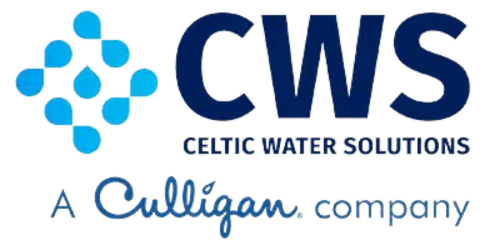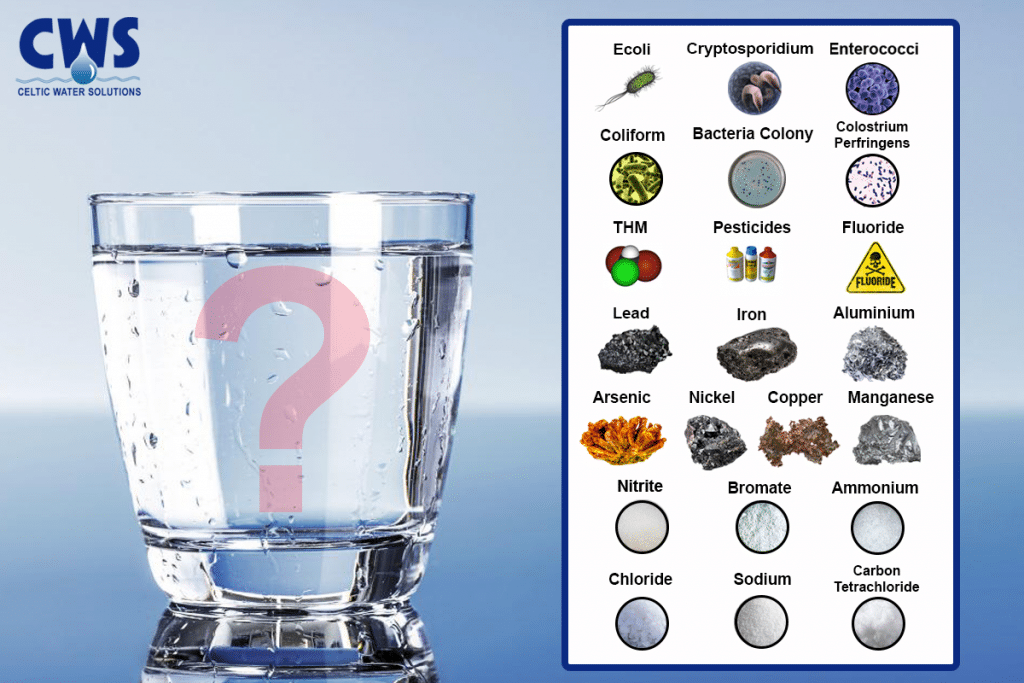In 2016, the Environment Protection Agency (EPA) delved into the unsettling realities of drinking water quality across Ireland. Their findings, disseminated through national newspapers like The Independent and The Irish Times, underscored a myriad of issues plaguing public water supplies. We've distilled the crucial information so you're equipped with the essentials.
Unveiling the Contaminants:
2016 witnessed a litany of boil water notices and restrictions, scattered across various regions. The presence of numerous chemical and microbiological contaminants cast a shadow over the nation:
- 41 boil notices and 10 water restrictions were enforced in 16 counties, impacting 84,348 individuals.
- The largest affected supply, Lough Mask in Co. Mayo, served 39,435 people and grappled with Cryptosporidium contamination.
- The Whitegate Regional supply in Co. Cork faced recurrent boil water notices, affecting 10,392 residents each time, due to elevated turbidity and Cryptosporidium concerns.
- Notably, surface water sources, serving 81% of the population, posed heightened contamination risks compared to groundwater and springs.
- During 2016, the EPA received and assessed 854 notifications of drinking water quality failures in public water supplies from Irish Water, up from 744 in 2015. This was mainly due to an increase in the number of pH and iron failures (indicator parameters) being notified to the EPA.
Microbiological & Chemical Contaminants:
A disturbing array of microbiological (E. coli and Cryptosporidium) and chemical (trihalomethanes, lead, pesticides, and fluoride) contaminants tainted drinking water supplies in 2016:
E. coli: 377 individuals endured boil water notices due to E. coli contamination, emphasizing its paramount importance as a health indicator.
Cryptosporidium: Afflicting 163,809 individuals and detected in 12 water supplies, this parasite posed significant health risks, emphasizing the imperative of water purity.
Trihalomethanes (THMs): Arising from organic matter reacting with chlorine, THMs posed a prevalent threat, especially in surface water sources, necessitating stringent control measures.
Lead: With 29% of supplies failing to meet standards, lead contamination emerged as a pervasive concern, particularly hazardous to infants and young children.
Pesticides: Widespread pesticide failures, notably MCPA13, underscored the urgent need for remedial actions to safeguard public health.
Fluoride: Despite regulatory mandates, fluoride levels in some supplies breached national standards, prompting concerns regarding potential health impacts.
Addressing Water Quality Concerns:
The EPA's Remedial Action List (RAL) spotlighted supplies requiring urgent improvements, particularly those exceeding THM standards, impacting 464,718 individuals. Additionally, issues with lead, pesticides, and fluoride necessitated proactive interventions to ensure water safety.
pH: pH serves as a crucial gauge of water's acidity or alkalinity, shedding light on its quality. Pure water boasts a neutral pH of 7, while values above indicate alkalinity and below signify acidity. The pH spectrum varies depending on water sources; surface water typically falls within 6.5 to 8.5, while groundwater ranges from 6.0 to 8.5. Acidity below 6.5 can corrode metal pipes, imparting a metallic taste and leaving blue-green stains on fixtures. Moreover, acidic water may harbour toxic metals, posing health risks upon consumption.
Odour & Taste: Unpleasant odours and flavours in water signal potential issues with its source or treatment. High iron levels, for instance, not only taint water with a metallic taste but also stain laundry and sinks. Addressing such issues is vital to ensure water quality aligns with safety standards.
Colour: Anomalies in water colouration, such as brown or rusty hues, indicate possible contamination, often stemming from substances like iron or manganese. Foamy white water, on the other hand, typically results from turbidity, necessitating scrutiny to safeguard water purity.
Aluminium: The presence of aluminium in drinking water, stemming from treatment processes utilizing aluminium sulphate, underscores the need for effective coagulation control. Elevated aluminium levels, surpassing the 200µg/l standard, raise concerns about inadequate treatment measures, warranting prompt remediation.
Coliform Bacteria: Coliform Bacteria, originating from animal or human waste, pose a significant health threat when present in water sources. The potential for diarrheal diseases underscores the imperative of stringent water quality monitoring and treatment.
Colony Count: Monitoring bacterial colonies provides insights into water safety. Elevated counts, detected in 22 water supplies in 2016, underscore the importance of robust treatment protocols to curb bacterial proliferation.
Turbidity: Turbidity levels offer critical insights into treatment efficacy, serving as a yardstick for plant performance. High turbidity signals inadequate treatment, highlighting potential inefficiencies in removing contaminants like Cryptosporidium, necessitating corrective measures to uphold water purity standards.
How can you treat water in your home to remove all contaminants and have safe drinking water for the whole family?
CWS Water Solutions offers a wide range of quality water treatment products such as water softeners, drinking water systems (e.g. reverse osmosis) water coolers and water treatment services including water sampling, water systems installation and regular service.
The company founders have over twenty years of experience in the industry and CWS is highly focused on customer satisfaction.
Talk to our water treatment expert today - Call 093 60705
You can also fill in a form on our website or drop an email to info@celticwatersolutions.ie
Our expert team is excited to hear from you and will assist with the complete water treatment process!
In conclusion, there is a high level of disinfection of water by-products (THM), persistent pesticide failures in some supplies and there are still large numbers of lead pipe connections in properties where water is flowing through. Many other water quality indicators didn’t meet their standards in 2016. However, there is a solution – you can protect yourself from all the contaminants and improve the quality of drinking water in your home by installing a suitable water system. How surprising is this revelation about water quality in Ireland to you? Are you aware of the quality of the water you drink?

